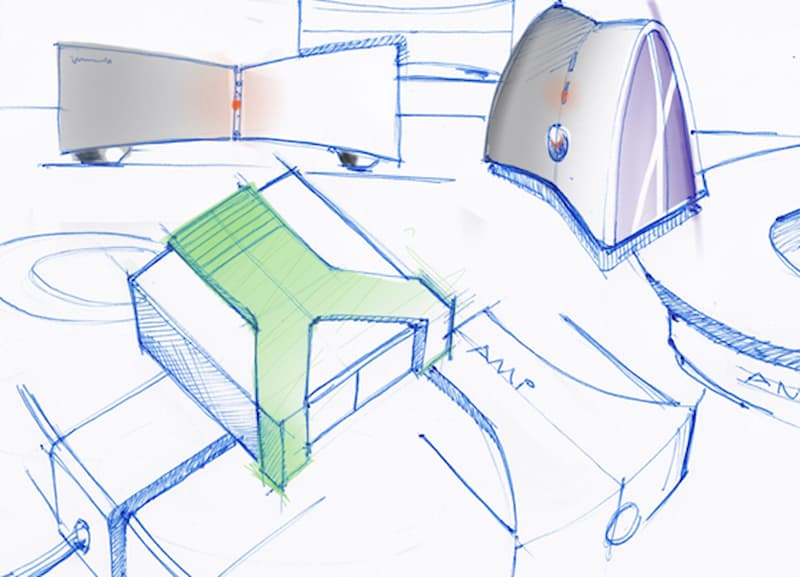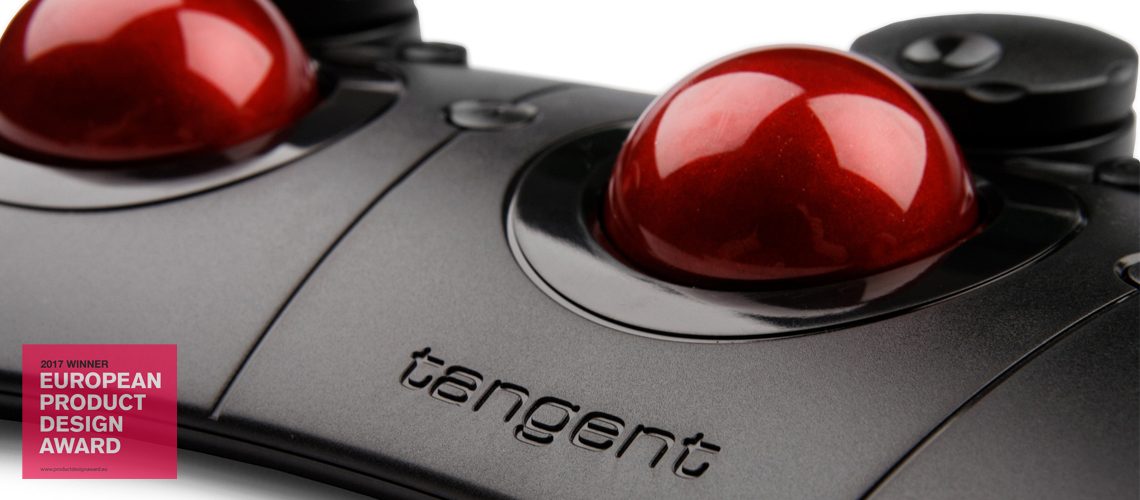Cambridge Industrial Design is an engineering company that offers a full service from design to production. We have been helping them with the latter part of their process, in the manufacturing stage.
We wanted to know what a company that can boast with the European Product Design Award (see the image above) thinks about the balance between design, manufacturability, cost, etc. And we probably got a few very interesting insights from the discussion.
How long has the company been running for?
The company started in 1976, so we are just in the midst of celebrating our 45th anniversary. I joined in 1997 and became the managing director in 2007.
Have you always offered a full service from design to manufacturing or grown into it?
Yes, we have always offered a complete product development service. There is a big demand for managing projects to production and that hasn’t changed much over the years. The customers clearly appreciate having help throughout the whole process rather than just buying a pack of drawings.

Also, it’s important for us to oversee the whole cycle to ensure design intent is consistent throughout.
So does everyone go with the full service or do some pay for the engineering side only?
We do sometimes help with concept work if required but that is unusual. We have also helped with production advice if companies “hit a wall” with an existing design. The vast majority of projects are full service – it’s more cost-effective and less confusing for everyone.
What sectors do you mostly serve?

That is a difficult one to answer as we like to work in diverse sectors. Both us and our clients benefit from this broad experience I think.
Over the years we have worked on large (5-ton robots) to small (miniature mechanism for a smart bracelet). From high volume to one-offs. And from the every day to the unusual….
Whether we are designing a kettle or a theatre light, problems solved in one project often help us in others – sometimes in surprising ways!
How much weight does product design carry in its success in your opinion?
Obviously, our view is industrial design is at the heart of a successful product. It addresses all those critical aspects of cost, efficient manufacture, improvements for the end-user, seamless integration of new technology, etc. For us, design is inherent throughout the whole product development process.
Any difference between consumer products (e.g. speakers) vs industrial solutions (e.g. production machinery)?
For us, the relationship between consumer and industrial has changed over the years. We have noticed a shift with many industrial clients wanting to absorb elements of consumer design.
This can be in terms of materials, manufacturing techniques or interface design. I think iconic consumer products do (subconsciously) influence clients when they embark on a new project – even in the industrial sectors.
What are the best ways to ensure reasonable manufacturing costs?
We always keep this issue in mind, even with initial designs. Part of a designer’s expertise/value is to ensure cost containment is inherent in the design process.
The web-based instant quoting that Fractory offers allows quick answers which is extremely helpful. CNC machining has also gone this route. making getting early cost estimates much easier. The next logical step is a live link with CAD.
What’s the effect of rapid prototyping on reaching the optimal solution vs CAD modelling only?
The best form of rapid prototyping is cardboard. Prototyping early in the process is important to us. Many projects start with some bits of cardboard to help us and the client understand basic layout and ergonomics.
We find having our own Formlabs 3D printers in-house has expanded this approach. We do iterate complex designs more – really useful in time-critical projects. A healthy dose of manufacturing experience ensures we don’t waste time in SolidWorks of course, but physical prototypes are essential.
Are rendered visuals a must-have today for any new product?

We have used Keyshot for the last 5 years. It allows us to provide exciting marketing images for the client even before production has started. Certainly, our consumer projects require good visuals towards the end of a project – especially with digital marketing. Industrial products often require a more diverse range of visuals, e.g. instruction manual cut-away and exploded views.
How has using Fractory affected your outsourcing processes?
Sheet metal parts often had the longest lead times for us. While 3D prints continued to improve in both cost and delivery times, sheet metal was an issue. Working with Fractory means we can get prototypes and a production batch of sheet metal parts promptly, reliably and cost-effectively.
Ensure your business needs never outpace your production capabilities by using Fractory’s scalable manufacturing services.



